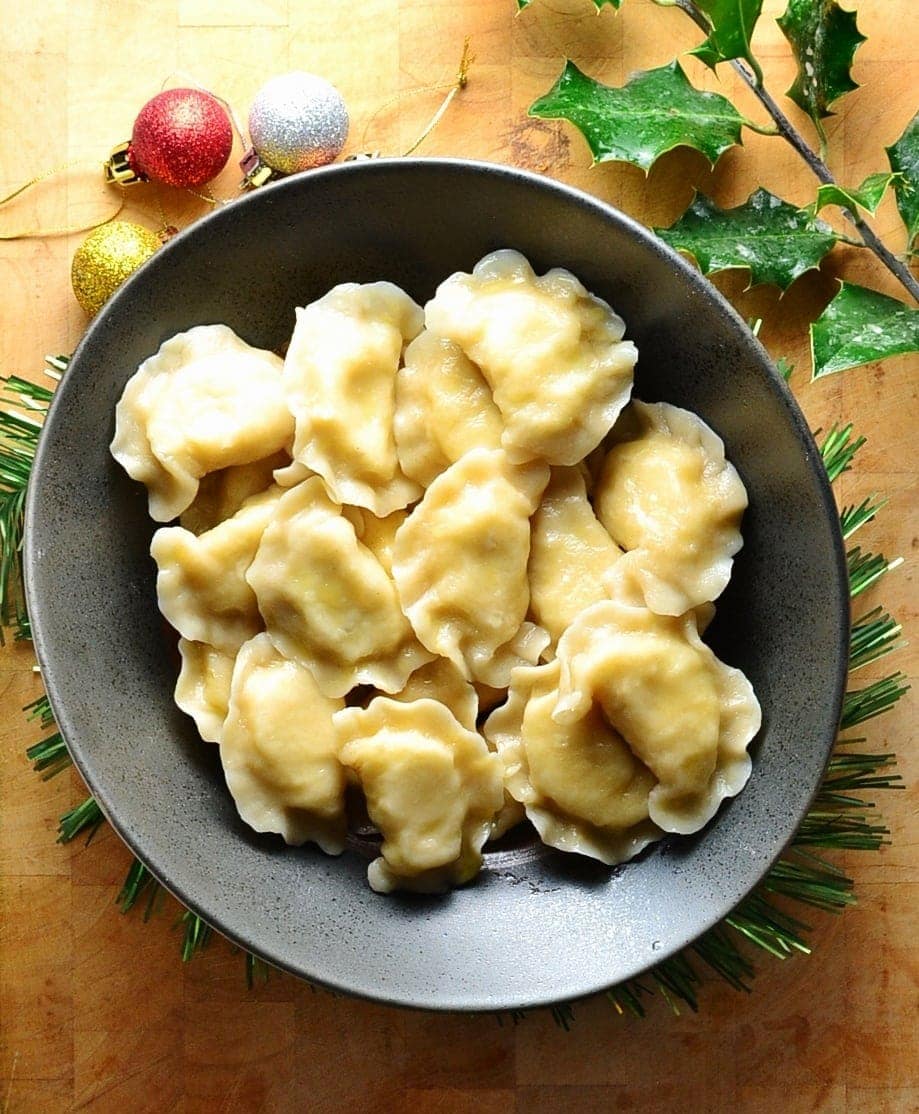Chinese dumplings and Polish pierogi are popular stuffed dough dishes with distinct differences in ingredients, cooking methods, and cultural significance. Chinese dumplings are made with a wheat-based dough filled with various meats, seafood, vegetables, or a combination, while Polish pierogi have an egg-based dough with mashed potatoes, cheese, sauerkraut, mushroom or meat filling. Chinese dumplings may be boiled, pan-fried or steamed, while Polish pierogi are commonly boiled, then pan-fried or baked. Chinese dumplings are associated with wealth and prosperity, whereas pierogi are popular comfort foods served on festive occasions. Both dishes are delicious and worth trying.
Chinese Dumplings vs. Polish Pierogi: A War of the Stuffed Doughs
Introduction
When it comes to delicious stuffed dough dishes, Chinese dumplings and Polish pierogi are two of the most popular in the world. While both dishes may look similar, they have distinct differences in their ingredients, cooking methods, and cultural significance. This article will delve into the world of Chinese dumplings and Polish pierogi, and compare and contrast their unique characteristics.
Ingredients
Chinese dumplings, also known as jiaozi or potstickers, are typically made with a wheat-based dough and filled with various meats, seafood, vegetables, or a combination of these ingredients. The dough is rolled out thinly, and then a small amount of the filling is placed in the center. The edges of the dough are then gathered and sealed together, often in a crescent or half-moon shape. Chinese dumplings are commonly served with a dipping sauce made of soy sauce, vinegar, sesame oil, and garlic.
On the other hand, Polish pierogi are made with a more delicate, egg-based dough and are typically filled with mashed potatoes, cheese, sauerkraut, mushrooms, or meat. The filling is usually pre-cooked before being added to the pierogi, and the dough is then wrapped around it in a crescent or triangle shape. Pierogi are often served with a topping of sautéed onions and bacon bits.
Cooking Methods
Chinese dumplings are usually boiled, pan-fried or steamed. Boiling is the most traditional method, where the dumplings are cooked in simmering water until they float to the surface. Pan-frying, on the other hand, involves cooking the dumplings in a small amount of oil until they are crispy and golden brown on the bottom. Steaming is another popular method, where the dumplings are placed in a steamer basket and cooked with steam until they are fully cooked.
Polish pierogi are commonly boiled, and once cooked, they can be pan-fried or baked. To boil pierogi, they are cooked in boiling water until they float to the surface. After boiling, they can be pan-fried in butter until they are crispy on the outside. They can also be baked in the oven, where they are brushed with butter and baked until golden and crispy.
Cultural Significance
Chinese dumplings have a long history and culture associated with them. They are commonly eaten on special occasions, such as the Chinese New Year, and are often a symbol of wealth and prosperity. The crescent shape of the dumplings is also said to resemble ancient Chinese gold coins, further emphasizing their association with wealth and good fortune.
Polish pierogi have a similarly rich cultural history. They are a popular comfort food and are often served during festive occasions like Christmas and Easter. Pierogi-making is also a tradition that has been passed down through generations of Polish families. In some regions of Poland, pierogi is so ubiquitous that it has become a staple food in daily life.
Conclusion
When it comes to stuffed dough dishes, Chinese dumplings and Polish pierogi stand out as two of the most recognizable and delicious foods in the world. While there are similarities between the two, such as their crescent shape and the fact that both are typically served with a dipping sauce or topping, their differences in ingredients, cooking methods, and cultural significance make them unique in their own right. Whether you prefer Chinese dumplings or Polish pierogi, there is no denying that both dishes are truly delicious and worth trying.
